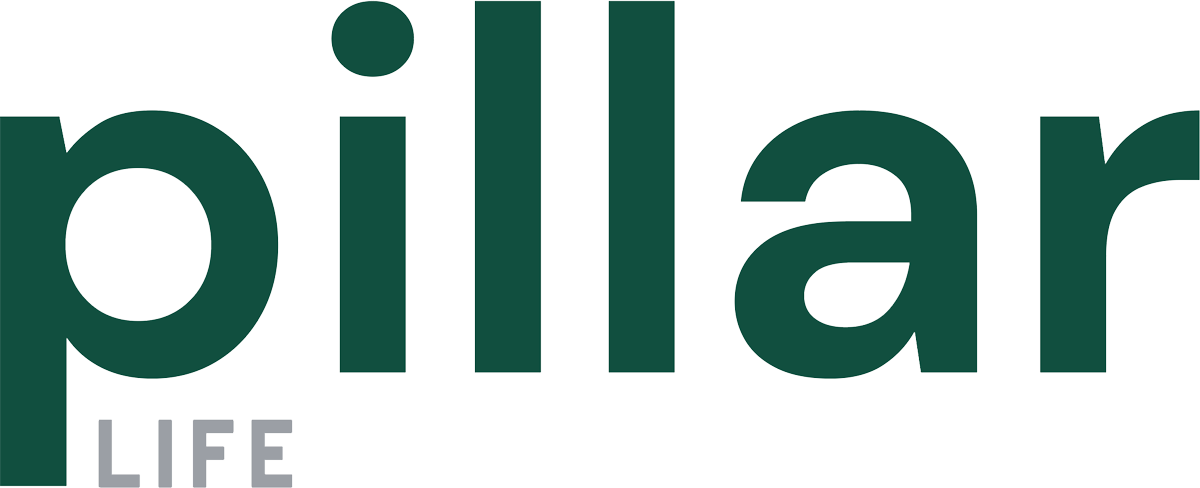
On a superficial level, bank Certificates of Deposit (CDs) and Multi-Year Guarantee Annuities (MYGAs) look very similar. But when you compare MYGA vs CDs, both are short-term agreements with a fixed guaranteed withdrawal value at a fixed future date and charges and penalties if you withdraw your funds before that date. A MYGA is a contract with a life insurance company in which it promises to pay you a sum certain at some future date in return for a premium paid at inception. The contract also permits you to leave the funds for a longer period and receive a periodic payment of a fixed amount over your lifetime or over some other optional period.
A CD is a banking arrangement in which you deposit funds at inception and receive those funds plus interest at a fixed maturity date. The CD matures and is paid automatically. In a MYGA, you must request a withdrawal to receive your funds before your contractual annuity start date. Also, unlike a CD, you can exchange your MYGA at the end of its initial guarantee period for another annuity issued by another life insurance company without incurring any tax or penalty.
Key Differences Between MYGA vs CDs
When it comes to short-term investments such as 6, 12 or 24 months, CDs have historically outperformed MYGA rates and provide better ready liquidity. When you have a three-year, four-year, five-year or longer time horizon, MYGAs frequently outperform CDs. If you want to build a fixed rate ladder, CDs would be the shorter maturities and MYGAs would be the longer maturities.
A “Mixed Fixed Ladder” method can be used to maximize yield by combining CDs with MYGAs. For instance, if you have $500,000 set aside for full principal protection, a Mixed Fixed Ladder would look like this: invest $100,000 in a one-year CD, invest $100,000 in a two-year CD, in a three-year MYGA $100,000 is invested, in a four-year MYGA $100,000 is invested and in a five-year MYGA $100,000 is invested.

Because no one can forecast interest rate fluctuations, this technique produces liquidity for one component of the ladder each year beginning with the first year. The objective is to be able to reinvest that surrender charge money at a greater rate and keep the ladder method running.
At the end of the surrender charge term, you can fully cash out the MYGA and receive your money back in full, plus interest. Furthermore, many but not all, MYGAs allow you to withdraw a small percentage of the account value each year without penalty.
It is important to compare CDs from all banks and MYGAs from all annuity providers. It is a competitive market for both products; shop comparatively for the best set rates in your state that meet your time term.
Is MYGA Or CD The Better Investment?
So, which is preferable: a CD or an MYGA? The answer is, neither. In fact, when you combine CDs and MYGA can help you reach your secure money goals because they’re guaranteed. Which is better ultimately comes down to personal preference and how exactly you want your money to begin working for you in the long run.
Ready To Take the Next Steps?
When you are ready to take the next steps in terms of your financial future, you will likely have some questions, and maybe even some concerns, regarding your options especially if you are trying to comparing benefits of a MYGA vs CD. At Pillar Life Insurance our highly trained and very helpful staff is ready to assist you in every way to ensure that your needs are met, your questions answered and your concerns are resolved. Contact us today to better prepare for your financial future.
See Guaranteed Returns On Investments With Pillar Life
Tell us more about your investment goals and our team will help you find the best opportunity.
"*" indicates required fields
